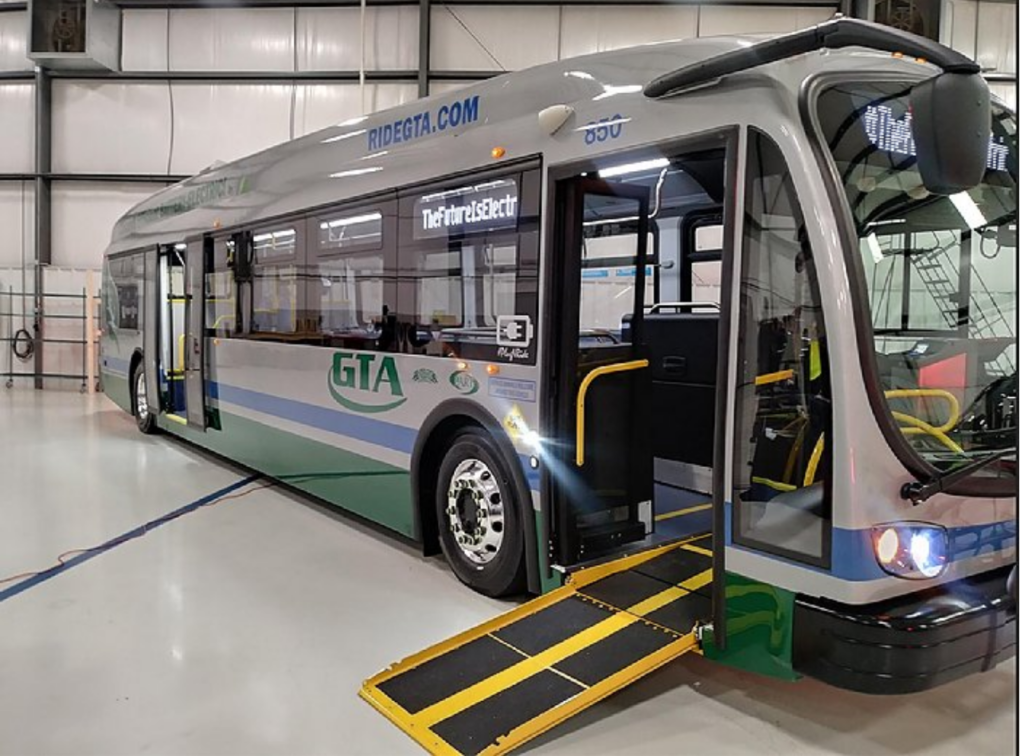CHALT Priorities for Mobility
-
Meet Chapel Hill’s Climate Action and Response Plan goals by building a fleet of electric buses;
-
Increase number of electric charging stations and make them more accessible;
-
Improve frequency, extend hours of operation, and add routes for Chapel Hill Transit;
-
Push for more Chapel Hill control over local transit dollars now down by Orange County;
-
15-501 is a growing traffic problem due to new development. Address major bottlenecks such as Franklin and Fordham merge.
-
Connect existing greenway sections in order to increase residential mobility;
-
Adopt a funding plan for the implementation of the 2017 comprehensive bike and pedestrian Mobility and Connectivity Plan.
-
Build a useful transit network:
- Support the planned North-South Bus Rapid Transit Project that will run along Martin Luther King Jr. Boulevard in Chapel Hill connecting commuters from park-and-ride lots on Eubanks Road in the north and Southern Village in the south through downtown Chapel Hill and UNC. Later this route should connect Hillsborough with Pittsboro.
- Work with regional partners to develop regional east-west bus routes from Carrboro through Chapel Hill to RTP and Raleigh-Durham Airport.
-
Implement a transit solution along the heavily traveled Fordham corridor from Southern Village to Patterson Place in Durham.
What is CHALT Doing to Advance Our Transit Priorities? (partial list)
- Spring 2023 Wrote letter opposing Department of Transportation’s bad plans for roadways design near Eastowne. Advocated for better Transportation improvements on 15-501 that would not compromise wildlife corridors and the heritage Hickory -Oak forest.
- Spring 2021
First Town-wide traffic model presented to public in March 2021. This was first proposed to the Town Council in 2014 by CHALT leaders and adopted by the Town Council as part of Central West Plan discussions. - Spring 2021 Bids finally received to begin construction in fall of 2021 to build a multiuse path along Estes Drive from MLK Jr to Caswell.
- Fall 2020 Participated in Orange County Forum to collect information for Orange County Transit Plan
- Spring 2019
We insisted on transparency from our elected representatives and petitioned the County Commissioners to make public information about the light rail proposal public. - January – March 2019
Provided in depth comments to the Chapel Hill Town Council for the GoTriangle/Chapel Hill Cooperative Agreement including comments to GoTriangle and the MPO on the excessively expensive proposed Light Rail that did not serve our transit needs.
List of CHALT actions continues here.
What are the Best Transportation Solutions for Orange County?
CHALT has put our energies in convincing our elected officials that Bus Rapid Transit (BRT) with a robust feeder system is the best way to spend out limited transit resources. We did not support the light rail project that recently ended with a waste of 160 million local dollars. This plan would begin by building BRT along MLK from Eubanks Road down to Southern Village; it’s been short of funds as most of the transit tax dollars were absorbed by the light rail project. Now that light rail is out of the picture, future transit funds will go toward the planned N-S BRT and other projects. Learn about BRT efficiency by watching this video.
We respect the work of our transportation staff who are doing the best they can with limited resources. It’s not possible to grow a robust bus system without serious investment. Orange County transportation planners have not been given the “where-with-all” to do much for bus ridership to improve the number of bus routes or to increase frequency of service and hours of operation in the county. Chapel Hill Transit has done an admiral job trying to retain service routes as federal budget cuts have forced service optimization and town budgets to absorb more and more of the costs of operations and paying for buying or leasing new buses.
What are the Ingredients of Good Transportation Planning?
I. Use the Town-wide traffic modeling system to measure the impact of present and future planned traffic for an area of interest, e.g. Blue Hill District (Ephesus-Fordham). This model will provide a time sequenced remediation plan for what needs to happen by when.
- This model will measure current cumulative traffic impacts from I-40 along Fordham (15-501) to South Columbia Street including likely development out through 2030. This modeling can provide a time sequence remediation plan that can be expanded to estimate traffic on major arteries throughout Town and thus help the Town make better infrastructure decisions. The Town has released the draft executive summary of the Transportation Impact Analysis for the Blue Hill (Ephesus Fordham) District and the “current” 2016 traffic conditions report is here: and the 2030 Future Conditions report is here.
Other links that explain the report are found here:
- Our assessment so far of the traffic model. The consultant demonstrated the simulation model of the future 2030 traffic conditions at the Oct. 5, 2017 Public Information Meeting. This simulation showed very serious traffic congestion at a number of the main Blue Hill intersections.
- Our transportation future is not pretty. To overcome the 2030 traffic problems, a number of mitigation steps were modeled with a final satisfactory outcome. These steps involve adding more “Super Streets” along Fordham Blvd as well as dozens of turn lane extensions and second turn lane additions throughout the area modeled. The consultant did not provide a cost estimate for these mitigation steps and has been requested to document the location, length and number of lanes required for each improvement so that the total cost can be approximated.
- Limited resources to solve the problem. What is already abundantly clear is that these concrete pavement mitigation steps will far exceed the $10 Million originally estimated to make the Blue Hill District work. The question thus becomes, what additional property will the Town now mortgage to pay for these required additional mitigation steps? (Town Hall has already been mortgaged for the loan to pay for the original $10 Million Blue Hill infrastructure investment. It will take over 20 years using ALL the new district incremental property tax just to pay back this loan.)
II. Implement a Town-wide pedestrian and bike plan.
- The adopted Chapel Hill Mobility and Connectivity Plan has been released. In summary, the “Plan” provides a very good account of the mobility and connection needs of Chapel Hill residents. Overall, the Plan’s focus on the 5 main road corridors in Chapel Hill and the concept of interconnecting existing Greenways into an off-road bike/pedestrian network of 6 paths is exceptionally good.
- The Plan presents over 100 recommendations to meet the Town’s needs. Prioritizing them, the top 20 of these recommendations listed in Appendix D have an estimated cost of at least $12 Million which is well in excess of the available $5 Million from the 2015 Trails and Greenways Bond Referendum, so financing will be a real challenge.
- There are a few significant flaws that need to be addressed in the final document. Read our analysis here. Also view mobility expert John Pucher’s CHALT seminar. John Pucher Lecture Slides – 2.19.15
III. Regional Transit that is affordable for everyone. CHALT is committed to explore options to improve mobility for working families, students, seniors and others within Chapel Hill and throughout the Triangle. We did not support the cancelled Durham-Orange light rail plan (DOLRT) because it was far too expensive, siphons transit monies that could otherwise help to build a robust transit network instead of a single point to point light rail route between Chapel Hill and Durham, and does not connect our economic centers. Read the Orange County transportation plan here.
IV. Land use planning that is tied to transit.

www.AffordableTransitforAll.com
What Happened to the Light Rail Project?
In March 2019, the Federal Government said “no” to the ill conceived Durham Orange Light Rail Transit project or the DOLRT project. Light rail ridership is declining everywhere, and Go Triangle’s project ranked lowest and had the highest cost effectiveness of those projects in the queue. It’s a shame that the counties invested over 160 million local dollars to this project and that GoTriangle did not address the red flags sooner. That oversight responsibility belongs to the GoTriangle Administration and our elected officials.
- Read about why the project ended and what’s next.
- Open Letter Presented to GoTriangle Trustees, 3/27
- Letter to the Orange County Commissioners explaining why this project was risky for our county.

